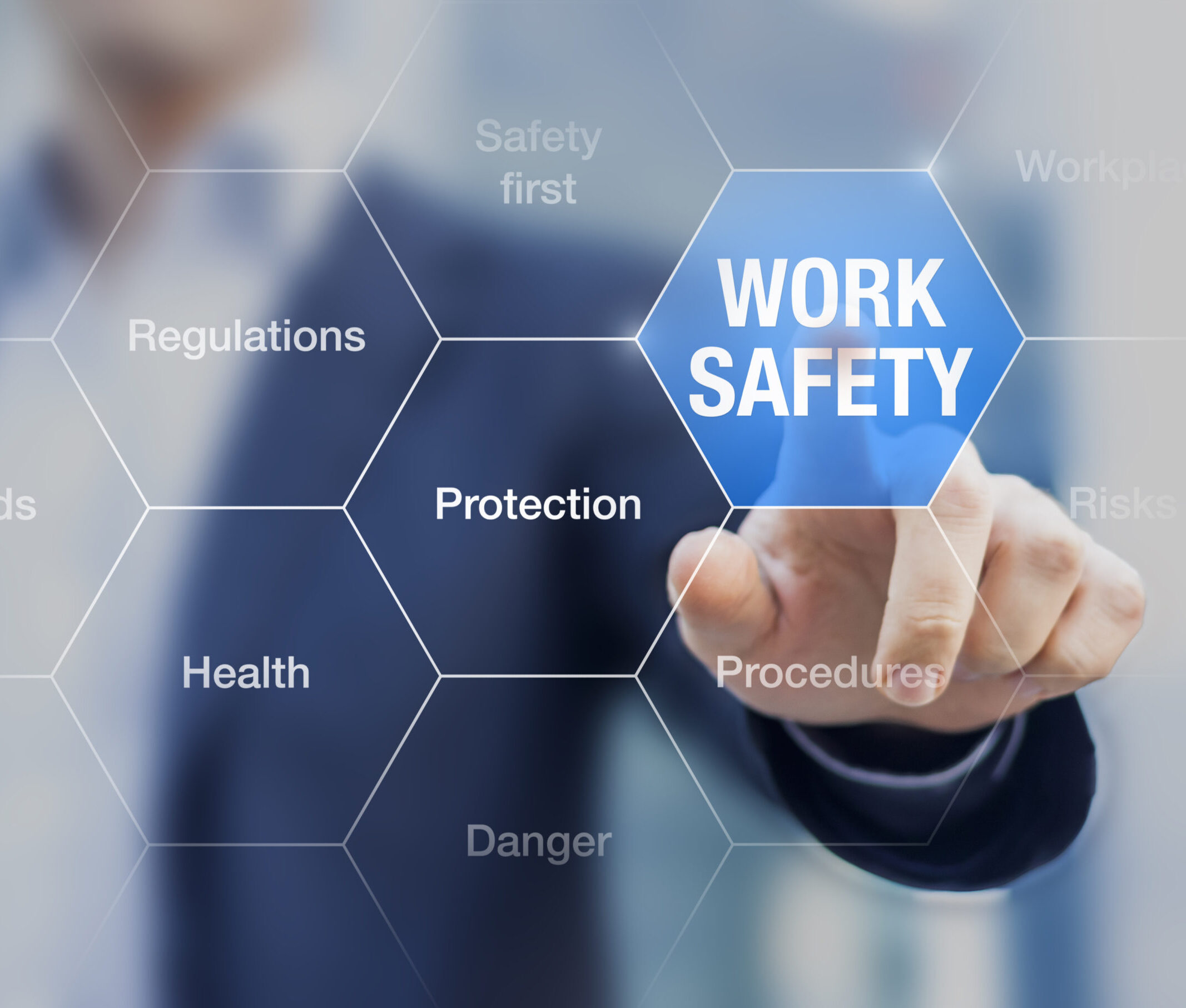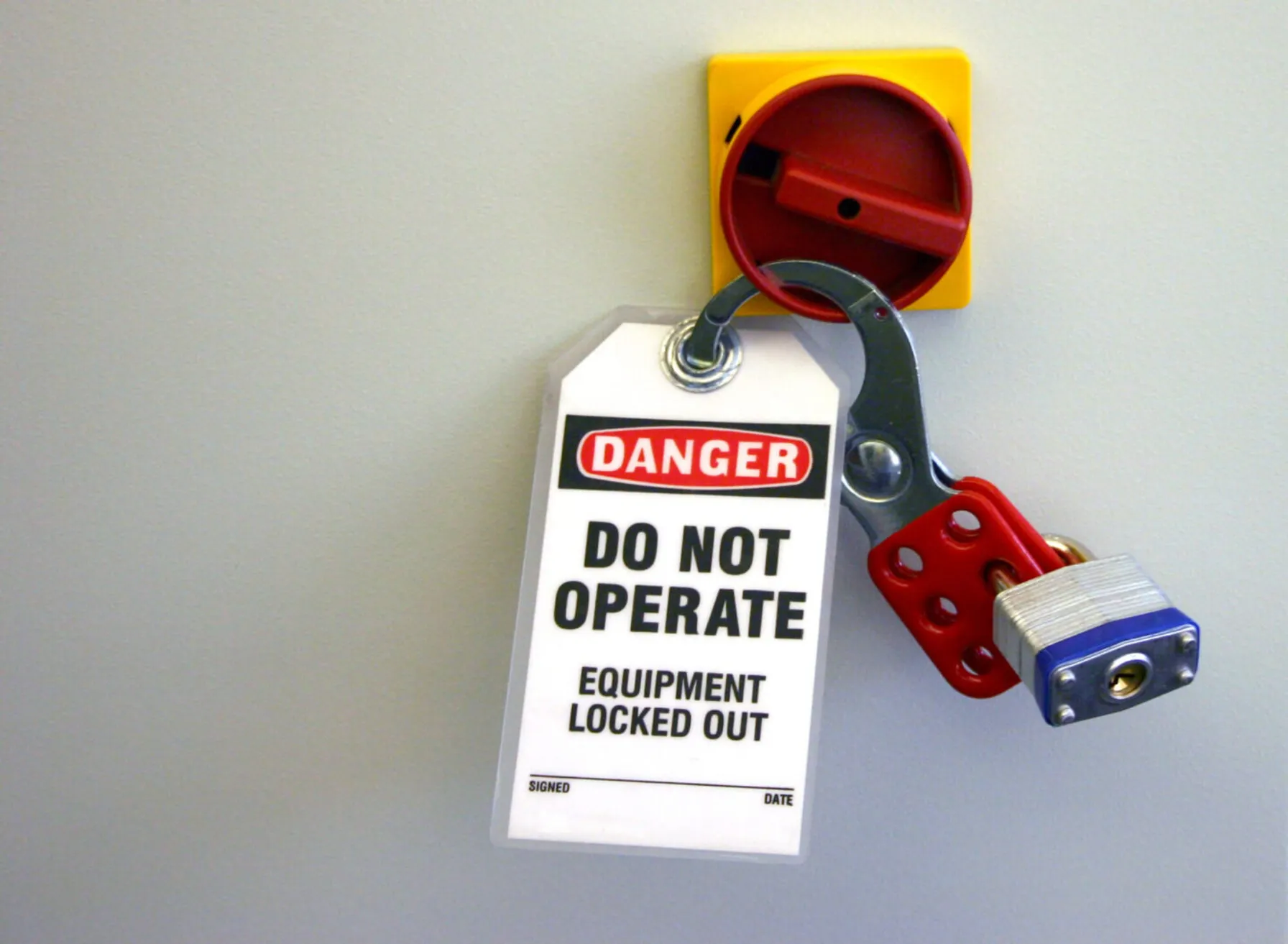Safety management system standards allow for comparing safety performance to an existing standard. Gap analyses allow facilities to determine where they have gaps in their safety performance. After determining their current safety positions, facilities can implement training programs to work toward improvement. Further assessments after program implementation allow for analyzing safety performance improvement.
Mitigating Risks and Reducing Costly Incidents
Our practitioners deliver peace of mind by identifying and controlling safety risks.
Today’s proactive workplaces often confirm regulatory compliance but also look to identify opportunities for improvements in safety performance. A safe workplace is an expectation as well as a requirement for today’s workforce. Direct costs, such as wages and medical treatment, and indirect costs, such as incident investigations, employee retraining and hiring temporary workers to fill a temporary labor gap, are notable.
TRC’s safety consultants help organizations improve safety performance through Behavior Based Safety Programs that enhance and normalize safe work habits and Job Hazard Analyses to critically review, identify and control risks associated with the various tasks performed by employees.

Comprehensive Safety Performance Improvement Solutions
We systematically enhance workplace safety by analyzing current performance and implementing new systems and training. Our services identify the causes of safety concerns and adjust practices over time to improve safety. We address issues ranging from worker complacency to workplace changes to nurture a flourishing workplace safety culture.
Safety Management Systems
An occupational health and safety management system (SMS) is an organization-wide approach to identify and effectively manage workplace risks. Adopting a safety management system standard, such as ISO 45001, allows clients to identify and effectively control specific health and safety risks, as well as satisfy applicable regulatory requirements.
Services Include:
- Management and employee SMS training
- SMS gap assessments
- SMS design and development
- Integration of SMS with quality and environmental management systems
Behavior-Based Safety
TRC provides behavior-based safety services to help improve safety performance through implementation of an observation program focused on eliminating unsafe or at-risk behaviors. A well-designed and implemented BBS Program can generate significant improvements in health and safety performance. These services can influence safety culture and awareness, which drives significant safety improvements across the organization.
Services Include:
- Program Development
- Management and Employee Observation Training
- Data Evaluation, Monitoring and Management
- Reviews of Existing BBS Programs for Performance Optimization
Job Hazard Analyses and Human Factors
TRC has completed hundreds of Job Hazard Assessments (JHAs) to help clients identify specific job hazards, develop and implement appropriate work practices and improve hazard communications so that employees can control risks and prevent injuries. Our JHAs focus on the human factors associated with performing tasks so that the cause of the risk is identified and properly controlled, including:
- Job/Task Inventory
- Risk Ranking Hazards
- Development of Corrective Action Plans
TRC’s Risk Factor Newsletter
Maintaining a safe workplace is key to building a resilient and successful organization. Learn how to navigate the many health and safety risks that your business may face by subscribing to our newsletter.

Featured Projects
Frequently Asked Questions
We often receive questions concerning safety performance. Get the answers you are looking for here.
Training options like BBS can improve safety performance. Behavior-based safety focuses on analyzing and modifying behaviors to improve safety performance. It may take many forms, such as observing workers and pointing out safe and unsafe behaviors. Other BBS options include training on specific tasks and safety procedures.
Safety compliance requires a commitment from every member of a workplace team, which can make it difficult to improve performance, especially if leaders don’t demonstrate a commitment to safety. Employees must also engage with safety programs to see a change.
Other challenges include ever-changing regulations and the need for proper safety protocol training. TRC supports better safety performance through various methods, including developing safety programs and training leaders and employees.
Employee safety and health programs require at least annual reviews to check that they meet performance goals. Due to the level of risk and regulatory requirements, plants or facilities may need more regular reviews. Regular assessments of safety performance allow for identifying areas for improvement, contributing to an overall enhancement of safety practices.
Various regulations, such as those from OSHA, address workplace safety. Other laws may depend on the particular industry and workplace conditions in which plants operate. TRC works with facilities to identify all applicable regulations and improve overall safety performance.
Enhance Safety Performance With TRC
From detailing the hazards faced to implementing safety programs, TRC provides a comprehensive approach to safety performance improvement. Our experts work with client’s to enhance safety at every level, from leadership to individual employees. Safety performance improvement can increase morale, save money and build a positive reputation. Contact us today to learn more about how we can support your site safety.











